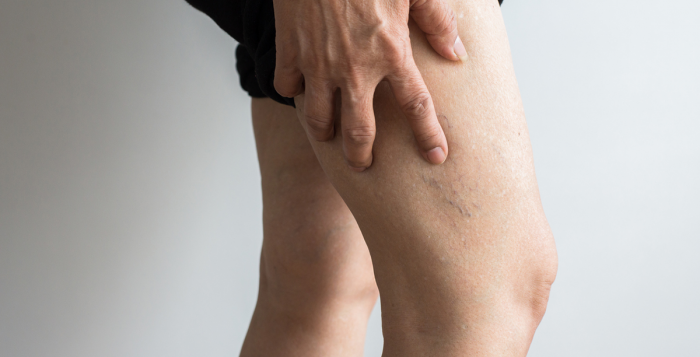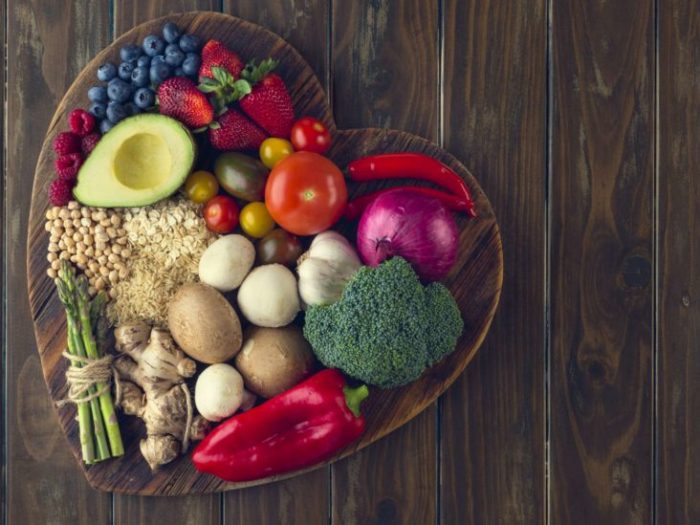Eating fruit is a delicious way to satisfy hunger and meet daily nutritional needs. However, most fruits contain sugar. This has raised questions about whether fruits are suitable for people who have diabetes.
Diabetes is a chronic but manageable condition in which the body struggles to control the levels of blood sugar.
Is fruit dangerous for people with diabetes? This article will suggest fruits to eat and avoid if you have diabetes, as well as examining the relationship between fruit and blood sugar.
List of fruits for diabetes

Below is a list of fruits divided by GI index, as reported by the U.S. Department of Agriculture (USDA).
Low GI and GL fruits
Some fruits have a GI of under 55 and a GL under 10, including.
- apples
- avocados
- bananas
- berries
- cherries
- grapefruit
- grapes
- kiwi fruit
- nectarines
- orange
- peaches
- pears
- plums
- strawberries
Medium-GI fruits (GI of 56 to 69)
A fruit with a GI of between 56 and 69 is considered to be a medium-GI food. All fruits listed below still have GL levels under 10.
- honeydew melon
- figs
- papayas
- pineapples
High-GI fruits
Fruits with a GI higher than 70 are high-GI and a GL of greater than 20 is high GL. While these are safe to eat with diabetes, it is important to eat larger quantities of lower-GI fruits instead.
- dates (high GL)
- watermelon (low GL)
Fruit and diabetes
The American Diabetes Association (ADA) advises that any fruit is fine to eat for a person with diabetes, so long as that person is not allergic to a particular fruit.
A meta-analysis published in 2014 in the British Medical Journal found higher fruit intake was significantly associated with a lower risk of type 2 diabetes.
The preparation of fruit, however, can affect blood sugar. Fresh or frozen fruits are better than processed fruits straight from a can or jar, such as applesauce and canned fruit. Processed fruits also include dried fruit and fruit juices.
People with diabetes should eat processed foods sparingly or avoid them completely. The body absorbs processed fruits more rapidly, leading to higher blood sugar levels. Processing fruits also removes or reduces levels of certain key nutrients, including vitamins and fiber.
The National Institute of Diabetic and Digestive and Kidney Diseases (NIDDK) recommends that people with diabetes should avoid fruit juices or canned fruits with added sugar.
Fruit blends like smoothies also have high sugar content and are more rapidly absorbed leading to higher spikes in blood sugar.
What is the glycemic index?
For a person with diabetes, one way to select safe and suitable fruits and other high-carbohydrate foods is to check the glycemic index (GI).
GI is a rating of foods on a scale from 1 to 100. The score indicates how quickly the food item may raise blood sugar levels.
High GI foods are absorbed faster than medium or low GI foods.
Glycemic load (GL) takes into account the GI of a food plus the number of carbohydrates in a serving. GL may be a more accurate way of assessing how food affects blood sugar management over time. Low-GI and low-GL foods are better for helping control blood sugar levels.
People may be surprised to learn that many fruits have a low glycemic index. People digest starchy vegetables, such as potatoes and grains, more rapidly, so these have a higher GI index.
The longer a carbohydrate-rich food is cooked, the higher the GI value. Fat, fiber content, and cooling carbohydrates after they have been transformed into resistant starches via cooking can all dramatically lower GI values.
Benefits for diabetes

Eating enough fiber plays an important role in managing diabetes.
A diet high in soluble fiber can slow the absorption of sugar and control its levels in the blood. Many fruits are high in fiber, especially those with the skin or pulp included.
Many fruits are filling because of their high fiber and water content.
Diets containing enough fruits and vegetables can reduce the risk of obesity, heart attack, and stroke. Obesity has been linked to type 2 diabetes.
Fruits are high in fiber and nutrients, so they are a good choice in meal planning. Fruits that have been processed such as applesauce and fruit juices have had their fiber removed and should be limited.
Other health benefits of fruit
The good news is that fruit is healthy to eat for people with diabetes, according to the NIDDK.
People with diabetes should eat a balanced diet that provides enough energy and helps to maintain a healthy weight. Some fruits are high in sugar, such as mangoes, but can be part of a healthy diet in moderate amounts.
Fruits can also satisfy a sweet tooth without resorting to candy and other foods with low nutritional value. Most fruits are high in nutrients and low in fat and sodium. Fruits also often contain nutrients not found in other foods.
Bananas contain potassium and tryptophan, an important amino acid. Citrus fruits like oranges and grapefruits are high in vitamins A and C, which are powerful antioxidants.
How much fruit should I eat?
Most guidelines recommend that adults and children eat five servings of fruits and vegetables each day. This does not change for people with diabetes.
The United States guidelines recommend that people fill half of their plate at each meal with fruits and vegetables.
People with diabetes should focus on non-starchy vegetables for 50 percent of the meal, rather than depending on fruit. The remaining half of the meal should be protein and high-fiber starches like beans or whole grains. Many experts also recommend including healthy fat at each meal to encourage feeling full and enhance absorption of antioxidants and vitamins.
One serving is a medium-sized fruit, or a serving the size of a baseball. Smaller fruits, such as berries, have one-cup as the serving size.
A half-cup is also the serving size for processed fruit products, such as applesauce and fruit juice. The serving for fried fruits like raisins and cherries is 2 tablespoons per serving size.
Like vegetables, it’s great for people to eat a variety of fruits to get their needed nutrients, as well as to enjoy their varied flavors.
Dietary tips
To achieve the desired five servings of fruits and vegetables per day, people should aim to have fruit or vegetables throughout the day.
Here are a few ideas to help with menu planning:
Citrus fruits
Citrus fruits are versatile and easy to add to meals. Add lemons and limes to seafood, sauces, or glasses of iced tea or water.
People can make their own fruit water by adding citrus slices to a pitcher of water. Let the water sit overnight to create a refreshing drink.
Berries
Berries are tasty when eaten raw and can also be cooked into a compote to spoon into oatmeal or meat.
Put whole fresh or frozen berries into a saucepan with a tablespoon or two of water. Cook on medium or low heat until the berries have broken down into a thick sauce.
One serving is half a cup.
Apples
Apples are a popular fruit. They are delicious raw for a snack or dessert. When cooked, apples have a deeper flavor, making them a favorite in cooked desserts when spiced with cinnamon or ginger.
A recipe from the ADA suggests marinating apples in a small amount of honey and spices and then cooking them on a grill. To finish, roll the apples in crushed walnuts or pecans.
While still containing honey, this is a healthier alternative to many apple-based baked goods.
Avocados
Avocados are high in fat, but they contain monounsaturated fat, the type of fat that is beneficial for the body.
They are eaten raw and can be served sliced, in salsas, or as guacamole. Avocados are easy to prepare by slicing them in half around the pit. Discard the pit and mash the avocado.
Add herbs and vegetables to taste. Lime or lemon can also be added to avocado for a citrus boost.






















![GettyImages-1173123246 [Converted]](http://9jahealth.com.ng/wp-content/uploads/2020/09/anxiety-700x393.jpg)